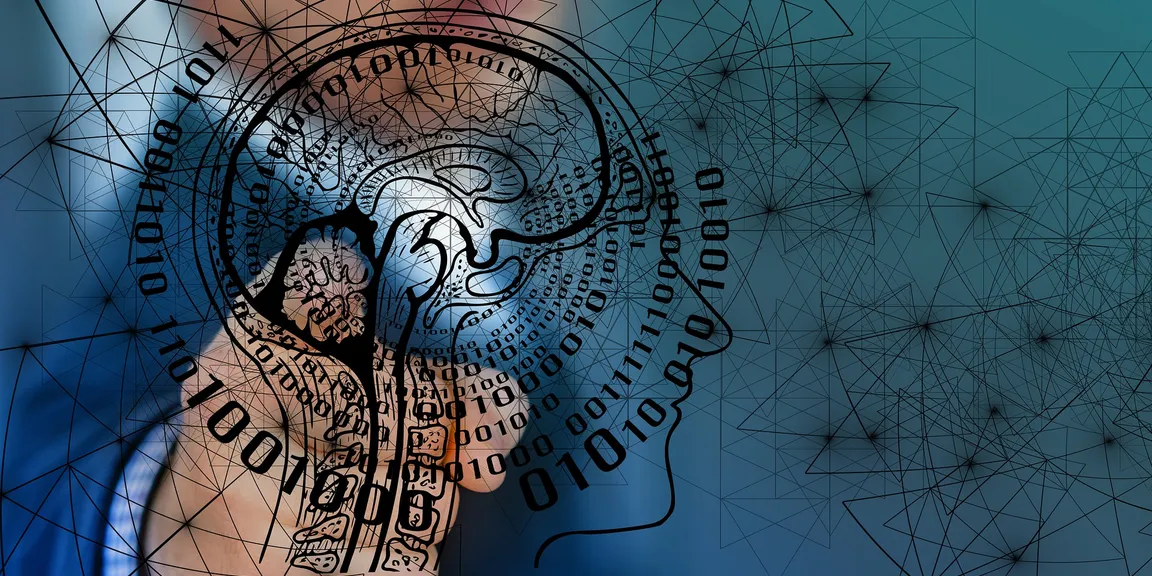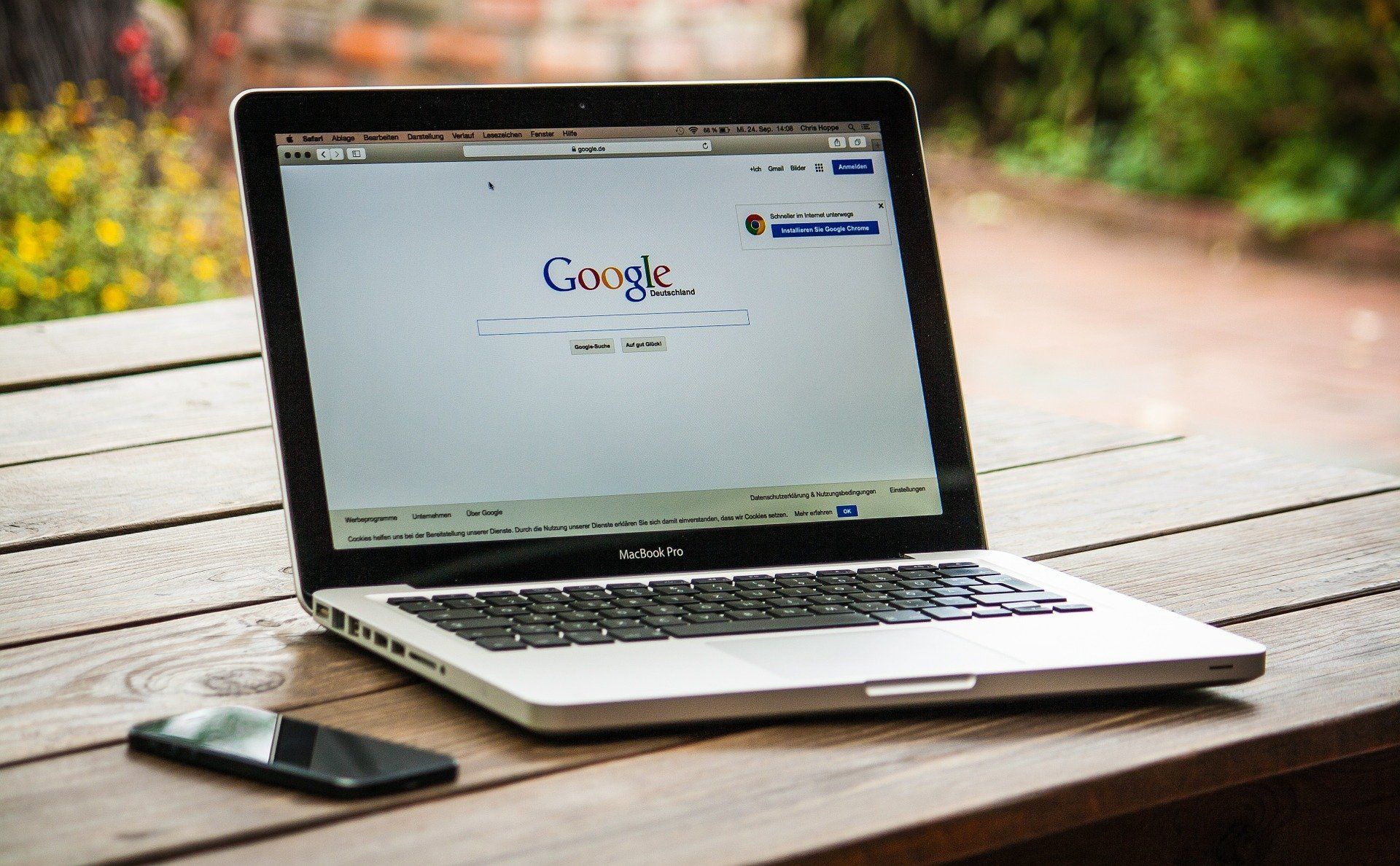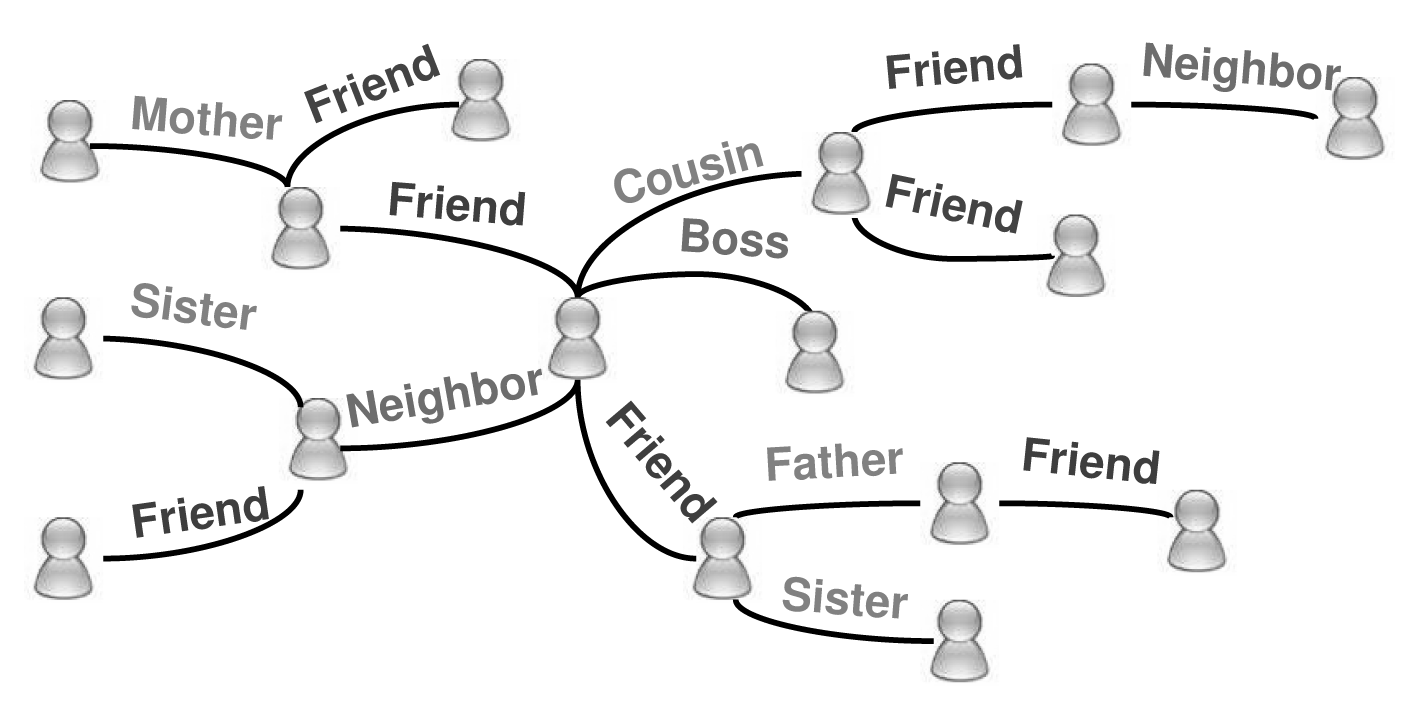

7 AI Future Trends & What They Mean For Business
There is no doubt that the artificial intelligence (AI) phenomenon will have a profound impact on businesses large and small this year; that part is easy to predict. What impact it will have, and whether this is a good or a bad thing, is harder to tell. Let’s start with the basics of AI. In their PwC briefing, Chris Curran and Anand Rao explained it this way: “In our broad definition, AI is a collective term for computer systems that can sense their environment, think, learn, and take action in response to what they’re sensing and their objectives. Forms of AI in use today include, among others, digital assistants, chatbots, and machine learning.
AI Works in Four Ways
AUTOMATED INTELLIGENCE
Automation of manual/cognitive and routine/non-routine tasks.
ASSISTED INTELLIGENCE
Helping people to perform tasks faster and better.
AUGMENTED INTELLIGENCE
Helping people to make better decisions.
AUTONOMOUS INTELLIGENCE
Automating decision making processes without human intervention.”
AI is already at work in industry (from sport and manufacturing to investing and healthcare). Here, we take a closer look at the AI trends and predictions for the coming year.
AI will make the customer experience more, not less, human.
There’s always a tendency to think of AI as represented by emotionless robots. But humans are, well, humans, and we will continue to interact with AI in our very human way. Facial recognition software might have been developed with crime-fighting endeavours in mind, but we use it to tag our friends in social media updates. Talking to a machine might sound coldly impersonal, but mental health providers have already worked on the development of a psychotherapy chatbot as a way to reach sufferers of mental illness who face financial or other barriers to treatment.
In our everyday lives, as AI learns to interpret and respond to the nuances of human speech and emotion, Siri, and other virtual assistants, will hear you better. The urgency of this AI trend isn’t just a nicety to stop you from yelling at your phone, but will become absolutely necessary, as it’s estimated that more than 85 percent of customer interactions will be managed without a human by 2020, and chatbots are expected to be the number one consumer application for AI over the next five years.
Business leaders will speed up their AI adoption.
Curran and Rao reported that in their survey of CEOs, less than a quarter reported that there were putting AI to work. This is a concerning AI trend when it has so much potential for enhancing innovation and increasing productivity.
“Yes, it may eliminate some existing jobs, but it will also fundamentally change work processes by pairing people and machines in newly efficient ways and creating more productive workplaces.”
AI is not only useful when it comes to automation. There is huge potential for AI to be used in strategy and planning. The creation of highly advanced simulations from processed data is just one potential application.
AI will change jobs.
The significant word here is change: change and not replace. AI and robotic process automation (RPA) will replace many automatable jobs in the future, but obviously human employees will not suddenly become obsolete.
For example, a community pharmacist may find many of their day-to-day tasks can be done by a machine—robotic dispensing systems may prove more efficient, cost-effective, and free from error—but a large part of what a pharmacist does is not automatable, and their job will change as they are free to spend more time on human interactions that a machine cannot provide.
A report from consultancy company AlphaBeta suggests that by 2030, machines will take over two hours a week of the most repetitive manual tasks from human workers, and that the occupations to see the least change will be those that require interpersonal, creative, and decision-making skills. As our workplaces change, Curran and Rao believe there are some key questions that companies need to be asking.
“Which tasks or part of processes will become automated? What specific higher-value work will human workers assume? Which skills are needed and how will you upskill workers or procure new talent?
How will human workers train or be enhanced by their digital counterparts? Your executive team must ask and answer these questions rather than leaving them to the Human Capital or IT department to solve.”
Curran and Rao see a change in work that is positive, with new jobs offsetting those that are lost, and the majority of people moving into jobs where they work alongside AI. This evolution will be gradual, so with the right planning, everyone should have time to prepare. AI will enhance, not replace, the capabilities of the human brain, and many new jobs will be performed by “centaurs,” human and AI working as a team, with the human receiving advice from an AI partner, but retaining the freedom to override it.
AI won’t change the world overnight.
If I were to magically transport you to the end of 2018 right now, you wouldn’t find a world altered beyond recognition. The year will see some big changes, but it will take significantly longer than a year for the machines to go into full overdrive. In many ways, AI is still in its infancy, and the rate of change really isn’t that scary.
Just think of all the innocuous ways we have already welcomed AI into our daily lives. When you type the word artificial into the Google search engine, or even in a text message on your phone, several suggestions for the next word will appear, perhaps intelligence, selection, and flowers.
No one has programmed the AI to seek those specific complements. The approach is known as machine learning. The machine is taught, using specific examples, to make inferences about the world around it. It then builds its understanding through this inference-making ability without following specific instructions to do so. Google chose the strategy of looking for the three words most frequently typed after artificial. With huge amounts of data available, machine learning can provide uncanny accuracy about patterns of behavior.
The truth is, we are already very comfortable with AI in our everyday lives. Of course, some will worry about even these everyday advancements—arguing that Google’s machine learning is homogenising search results, but the reality is that we have access to more information than we ever have before. AI is an incredibly useful tool, and humans are still the ones behind the wheel… except in the driverless cars, I suppose.
Expect to see AI become an accepted tool in many small and practical tasks. It’s easy to get caught up in our wild futuristic imaginings, but soon we’ll see AI put to use in many less glamorous roles, such as quality control and resume matching.
AI will provide strong ROI: business leaders just need to learn to see it. Researcher and analyst Daniel Newman wrote an article exploring the impact of AI, explaining the very real need for companies to employ artificial intelligence in the area of data management.
“With the steady growth of data produced by the Internet of Things (IoT), businesses will be turning to machine learning to process, trend, and analyze the information. Indeed, machine learning AI isn’t just a nice-to-have in 2018; it’s a must-have. It’s the only way companies can make valuable sense of the flow of data—both structured and unstructured—coming in. In fact, I’d reckon that any company without an AI data strategy may well do away with their data lakes altogether. It will simply be too much for any human to manage.”
This doesn’t mean that all data analysis will be done by in-house AI. Research and advisory firm Forrester predicts that 80 percent of firms will rely on insights service providers for some portion of insights capabilities in 2018.
PwC suggests another way to look at the ROI provided by artificial intelligence is to break it down with “two kinds of metrics: the traditional ones by which you’d gauge any business investment (for example, revenue increases, claims processed, service requests resolved), as well as ones that capture new kinds of value. For example, you might look at automated full-time equivalents (AFEs) as automation takes on discrete tasks or business processes and frees up human workers. Or you might look at less tangible returns, such as increased confidence in an outcome or the additional options an AI solution provides, such as different ways to explore strategy.”
AI responsibility will become essential.
egral to the everyday running of business (and our world) it will necessarily be entrusted with important tasks and sensitive information. All of this brings up questions of liability, as did a recent article from Inc.
“If an artificial intelligence unit commits a crime, who is responsible? Is it the company who purchased the unit, the business (or person) that developed it, or most interestingly, will the unit itself be held responsible?”
As the writer goes on to note, in many countries businesses are recognized as legal entities separate from their owners and directors with a complete list of rights and responsibilities. There may come a time (and it might be soon) when AI bots will need the same regulations put in place.
“While we're still many years away from a bot that could be legally recognized as a person, the debate is happening right now and will continue until we decide exactly what will qualify a bot as a person.”
Burying your head in the sand and ignoring these AI trends is no way to avoid its potential problems, but as with any new business development, the use of artificial intelligence needs to be considered carefully, as users weigh up the risks and the rewards, and consider the legal, ethical, and financial responsibilities it may entail.
AI will contribute to our economies.
PwC’s Global Artificial Intelligence Study named AI as the “biggest commercial opportunity in today’s fast changing economy.” The study looked at the ways artificial intelligence is set to transform and disrupt current industries, and prove a competitive advantage for those ready to jump on board.
“AI could contribute up to $15.7 trillion to the global economy in 2030, more than the current output of China and India combined. Of this, $6.6 trillion is likely to come from increased productivity and $9.1 trillion is likely to come from consumption-side effects.”
Because these AI trends are still in the early stages, we will not only see transformation and disruption of existing industries, but the creation of new ones, and certainly the creation of many new jobs and niche markets. This will create huge opportunities for those with the foresight to seize opportunities ahead of their established industry competitors. even in the covid-19 situtaion technology is playing a important roll in retailer sector.
This is by no means a comprehensive list of the changes and challenges to be posed by AI in the coming year, and the possible futures that AI could shape are expanding by the day.





